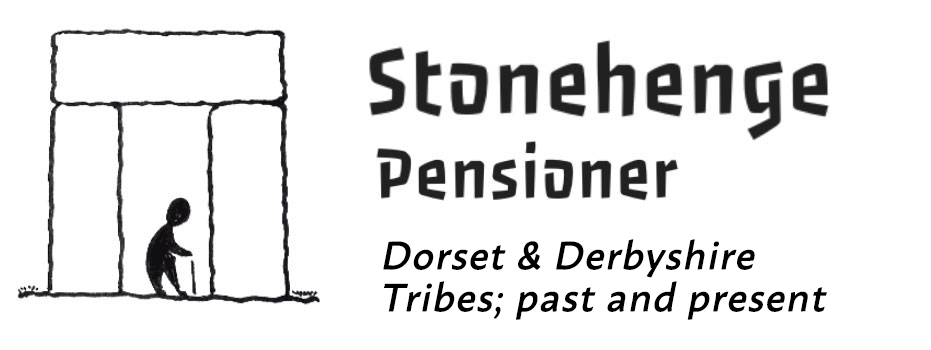The Brent Geese Have Arrived In Christchurch Harbour
The Brent Geese have arrived in Christchurch Harbour; a time for celebration. For me an icon of nature’s cycle and a beautiful bird: For My Pagan Ancestor Zuri, food! Brent geese are small, like a large duck, and dark, mostly black, with a white bum.
Tough Times
Our Brent geese are the dark bellied species. They come from Arctic Russia and cross to the Baltic in autumn and then to England’s South Coast for the winter. They always use the same coastal strip and graze on eel grass, which grows under seawater. Their breeding cycle is tied into the lemming, a small rodent of the tundra. In the years in which lemming numbers are low, foxes and other predators turn to eating small birds, especially goslings. Some years, no goslings survive. The birds live for up to 30 years so a poor breeding year or two might not matter. The closely related light bellied Brent goose winters on our east coast. This population flies down the coast of Norway and decades ago experienced a dramatic fall in numbers due to the demand for eggs and goose down.
Flying Formations
In Friars Cliff this autumn, we have the joy of seeing, and hearing hundreds of Canada geese. They fly over in V formation most evenings and sometimes back again, honking gloriously. Because the larger Canada goose is closely related to the Brent, they will feed together in Christchurch Harbour. Oddly, I have not seen the Brent forming the classic V formation. Checking this on Google, one site says they do not fly in formation, another that they do.
The Seasons
For certain, Zuri will have sensed the seasons in 2200 BC far more than we do. This food source was peripatetic; it flew in for winter. We might assume that these were far larger flocks compared to what we now experience. The first goose, like the first salmon, seal, or eggs in spring, were emblematic of the turning of the seasons. Consequently, the cry that the Brent geese have arrived will have been a clarion call, for goose fat and calories.




